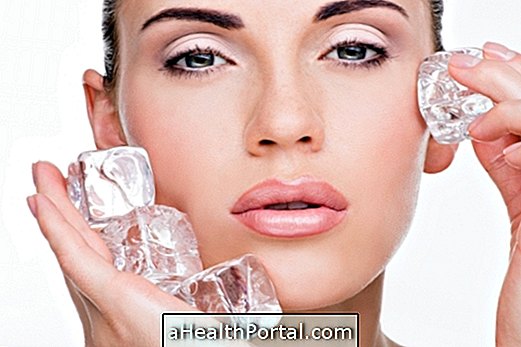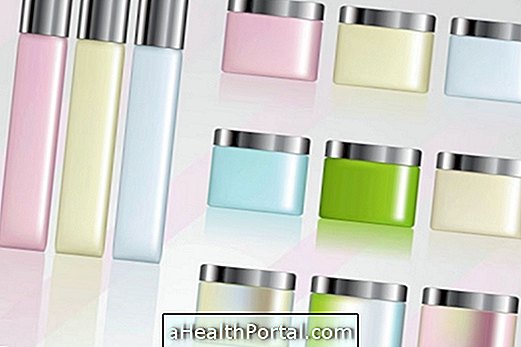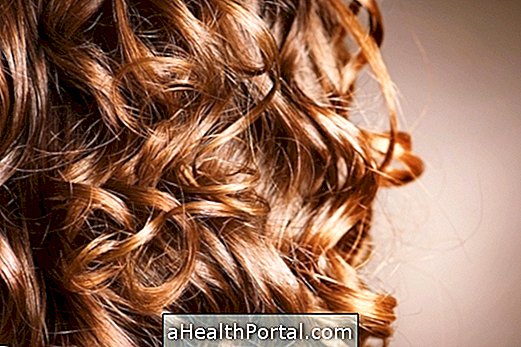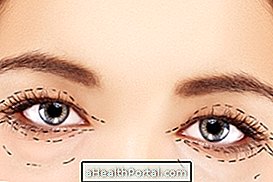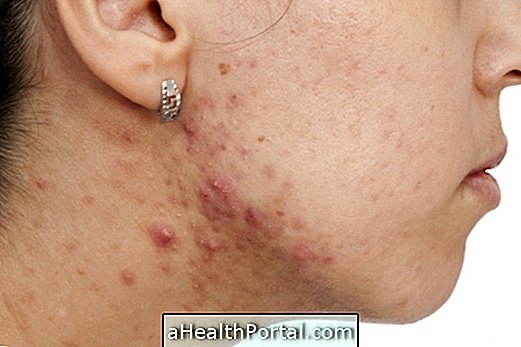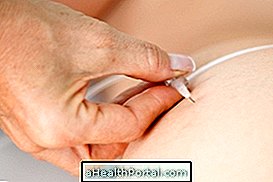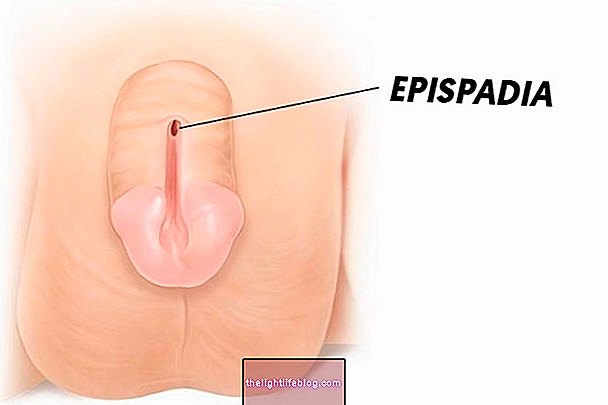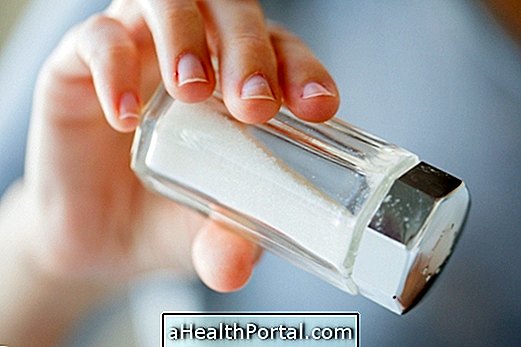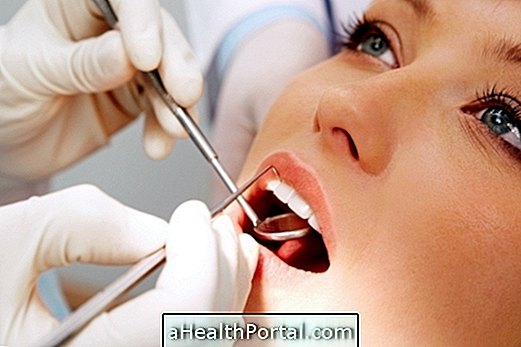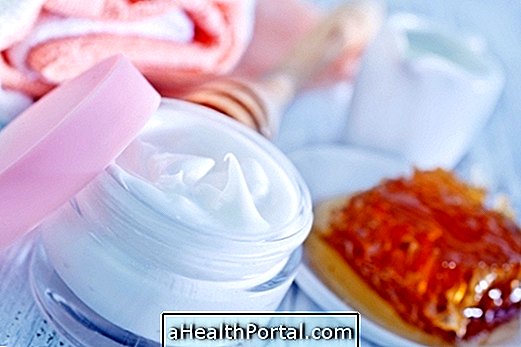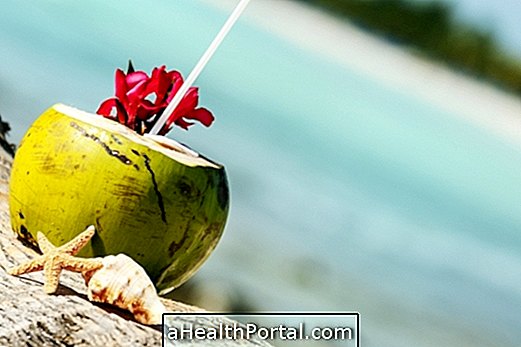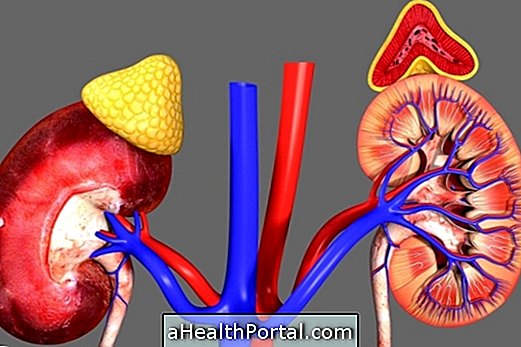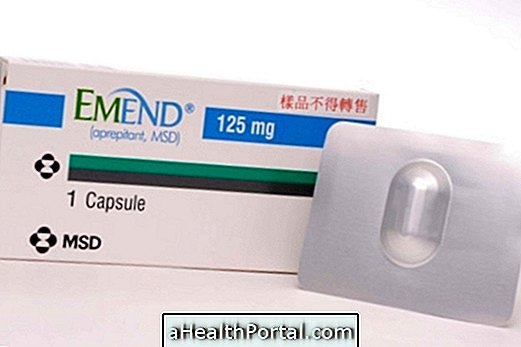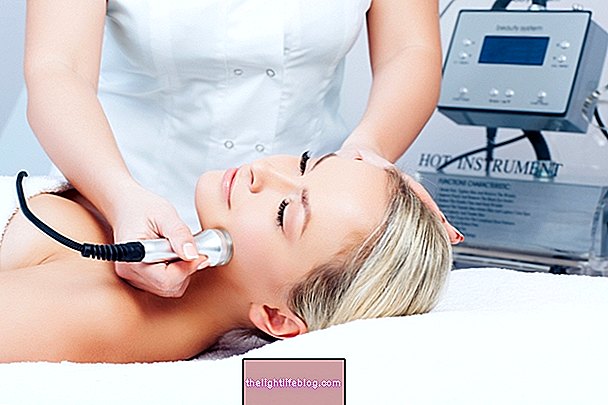Acne usually appears on oily skin since it is triggered by an exaggerated release of sebum by the sebaceous glands, leading to the proliferation of bacteria leading to inflammation of the follicles.
In some cases, people who have acne can feel dry skin, having difficulty finding products that meet the need for hydration and treatment of pimples.

Is it normal to have acne with dry skin?
Some people who feel dry skin may also have acne, but usually these cases are dehydrated skin, which is very common in oily skins, which may have oiliness and luster but lack water.
Dehydrated skin
Oily skins tend to become dehydrated due to the excessive loss of water through the dilated pores, which are very characteristic of oily skins, and to excess sebum production, which is a factor that hinders hydration. In addition, people with oily skin use too abrasive products, which remove the natural oils from skin protection.
Dehydration is often confused with dry skin because it causes similar symptoms. However, while dry skin is a skin that produces an insufficient amount of natural oils, being a malnourished skin, a dehydrated skin has an insufficient amount of water, but can produce excess oiliness, which leads to the development of acne.
So when people who have acne feel dryness on the skin, usually this means they have dehydrated skin, lacking water, which is mistaken for a malnourished skin, in which fat lack, the so-called dry skin.
Dry skin
However, if dry skin is not well treated and if very aggressive soaps are used, it may become brittle and susceptible to entry of bacteria and chemicals leading to a change in the function of the skin barrier and the activation of the immune response, occurring inflammation and the formation of so-called pimples. In addition, they can also appear due to clogging of the pores, which can be caused by the overuse of cosmetic products.
Mixed skin
In addition, a dry skin can also be an oily skin, which is known for mixed skin. This type of skin is usually oily in the T zone, which is the region of the forehead, chin and nose and is dry on the rest of the face. Thus, a mixed skin may have acne in the T zone due to excess sebum production, but keep dry in the cheeks, for example.

How to deal with this problem
The ideal is to evaluate case by case, which can be done with the help of a dermatologist, because the treatment will depend on the skin type.
1. Dehydrated skin with acne
Before choosing the right products for this situation, it is important to know that dehydrated skin is a skin that needs water and ingredients that retain this water in the skin. However, these products may not have too much of the oils in the formulation, so do not make acne worse.
So, the ideal is to choose a skin care product that respects the physiology of the skin, such as La Roche Posay Effaclar facial cleansing gel or Bioderma Sebium micellar water and a moisturizing product with or without matifying action, such as Bioderma's Sebium Global emulsion or Effaclar Mat anti-mildew facial moisturizer, which should be used daily, morning and evening.
In addition, you should do exfoliation about 2 times a week and a purifying mask and a moisturizing mask about once a week. A solution which is applied locally to the stick bubbles and a dehydrated skin serum of Skinceuticals or Avène, for example, which is applied daily before the moisturizer can also be used.
If the bubbles are inflamed, physical exfoliators should be avoided, which are those that have small spheres or sands in the composition, so as not to worsen inflammation and opt for chemical exfoliators that have alpha hydroxy acids in the composition, as in the case of Sébium Pore Refiner of Bioderma.
If you wear makeup, you should always opt for an oil-free base, which usually contains the label "oil-free".
2. Mixed skin with acne
Mixed acne skin needs to be nourished and moisturized, which is difficult to achieve with only one product because either this product gives more oil to the skin, worsens acne, or gives in too little, leaving the skin drier.
What you can do is choose a skin care product such as Clinique's cleansing gel or Bioderma's Sensibio H2O micellar water and insist more on the T-zone to remove excess oil and choose a cream moisturizer whose label has the indication for mixed skins, which is generally available in all brands.
In addition, exfoliation can be done in the same way as in dehydrated skin and the purifying mask can be applied only in the T zone. In cases where these measures are not enough, an anti-acne moisturizer can be applied in zone T and a different one on the rest of the face that nourishes the skin, such as Avène's Hydrance Optimale moisturizer.
If you wear makeup, you should always opt for an oil-free base, which usually contains the label "oil-free".
3. Dry skin with pimples
In situations where the person actually has dry skin and some pimples appear, the products to be used are a dry skin cleansing gel or cream, such as Bioderma's Sensibio H2O micellar water or Vichy Pureté Thermale cleansing foam. a cream also for dry skin, such as Avène's Hydrance Optimale moisturizing cream or Bioderma Sensibio cream, for example. See also a homemade solution for dry skin.
Pimples may be treated with the application of a product locally, such as a stick-shaped lotion, such as the Zeroak or Natupele drying stick, for example.
For all cases, it is very important to remove makeup before bed because it is at night that the skin is regenerated, so it is necessary to remove all the chemicals and pollutants that the skin will accumulate throughout the day.
